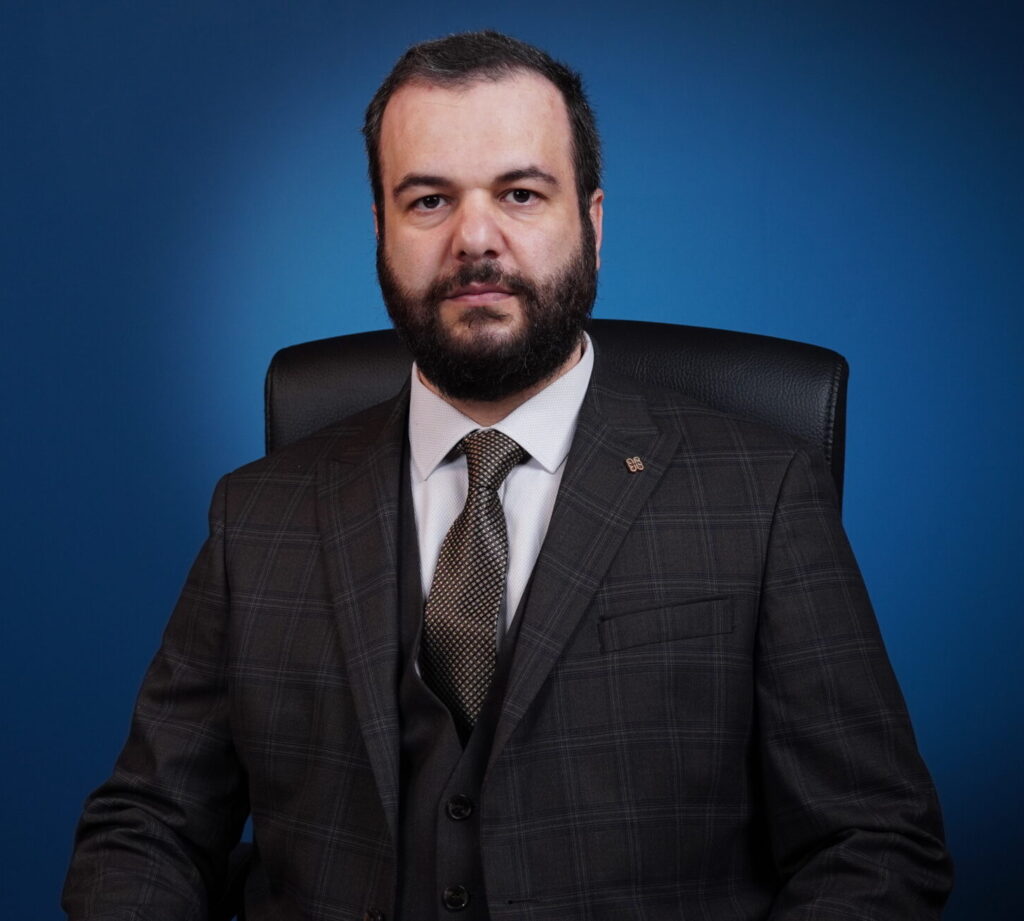Akeel is one of my students whom I am proud of. He was able in a short period of time to master the Arabic language. Today he is at level B2, but his fluency preceded his level. Our lessons used to start with a regular presentation, and he was active in providing excellent information in every presentation, until he surprised me today by launching a program On YouTube in Arabic, he talks about his experience learning Arabic.
Akeel studied with me from the Al-lisan series in its old version, and due to its accuracy and standard, I did not need any other educational materials and papers with it, as it covered with high efficiency all linguistic, cultural, and communication skills, and Aqil proved to me with impact and result that the basic principle in teaching Arabic is to rely on a clear, standard approach, without Synthesis between it and what it is like, such as writing grammar, reading, or other skills from other books between here and there. Perhaps these other books are books for teaching Arabs and not for teaching non-Arabs, as sometimes happens in the preparatory years for teaching Arabic, where we see old books and yellow papers explained in the student’s language, not in the language. The goal is that he wants to learn, and therefore we see numbers in the number of hours and the number of teachers, and we see students who reach imaginary levels in exchange for outputs that do not achieve the desired goals.
The video below is from Aqil’s newly launched channel, in which he talks about the benefit of learning classical Arabic from Arabic without the dialects and colloquialisms prevalent in Arab countries.
After watching Aqil’s video, several questions came to my mind, inspired by our educational practices in the preparatory years, namely:
– Isn’t it enough for the student to finish the B2 level according to real outputs to follow his bachelor’s years with the sciences for which he studied Arabic, whether in education or in Sharia, as most universities continue to teach language and communication skills in the first years of the bachelor’s degree?
– Does linguistic overcrowding really support or delay the communicative aspect of the four skills of the student? We see that most universities teach language skills in the student’s language, not in the target language.
– Isn’t it enough to rely on a standard language string to achieve the required outputs? Why do we see the teaching of descriptive grammar from books other than Al-Salasil in teaching Arabic, while we do not see that in teaching English, for example? What is the reason for not trusting these chains? Why was it chosen as a method if we do not trust its outputs?
– Didn’t we pay too much attention to the methods and methods of education in exchange for leaving attention to planning and evaluation of the educational process so that the weight of efforts became towards the means while neglecting the measurement of goals and the extent to which indicators were achieved?
The answer to these questions requires research and studies that are far from opinions that only aim to float a methodology at the expense of a methodology for profit reasons or to favor a team to preserve interests of interests.

One of the most important reasons that made Al-lisan series a real approach that can be relied upon and recognized for is balance in the treatment of skills, so you see that one objective unit is effective in reaching all skills with objective regularity and communicative harmony, as the linguistic skill is identified with the communicative skill, so there is no rigid descriptive approach, but rather an employment and performance It is more like the localization of grammar in communicative skills. This goes hand in hand with activating cultural skills in a disciplined synchronization with communicative skills. They all come as a smoothly integrated unit that attracts the student, motivates him to reach fluency, raises his motivation, and builds his linguistic competence according to the matrix of range and sequence based on clear standards, indicators, and reference marks.
This, in my opinion, is what made Al-lisan series, with its early publication, one of the best leading educational series; although its texts have become obsolete and its topics have become obsolete, after a long time since its first publication, the strength of its composition, the accuracy of its standardization, and the soundness of its treatment of language skills have kept it and deservedly as the first curriculum in teaching Arabic, despite a large number of Attempts in the Arab and Islamic countries to find an advanced approach that keeps pace with what was found after the issuance of Al-lisan series, they remain limited attempts with many leaves with few roots, and a tree that does not take root does not bear fruit.
I hope that in the coming days, we will see an update of Al-lisan series that keeps pace with the new era in education and perpetuates its benefit to Arabic students and graduates for us around the world like Aqeel Alf Aqeel and Aqeel, students who revive classical Arabic in their countries and decorate their councils with it.


